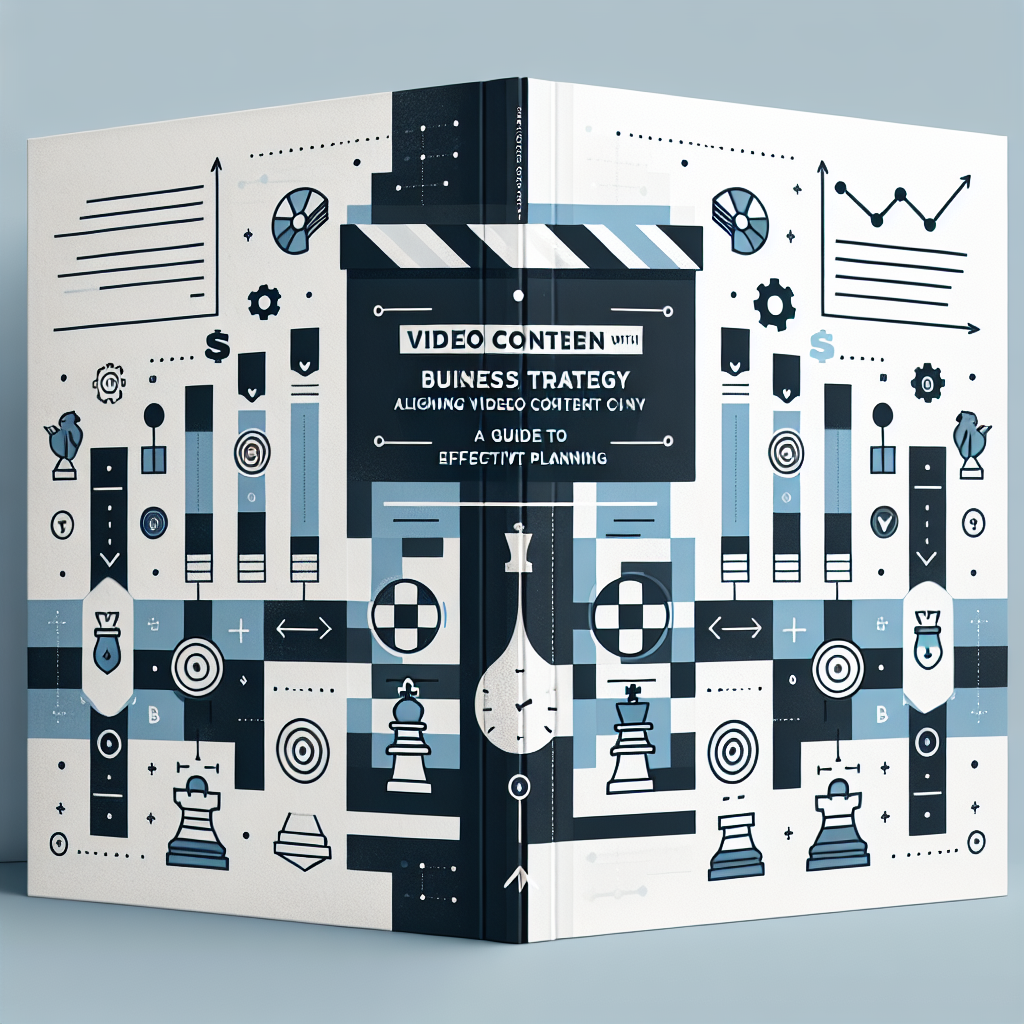Discover the Business strategy and the power of video content planning in achieving your business objectives. Harness the potential of visual storytelling to engage your audience, boost your online presence, and drive sales. Start your journey towards business success with video content now. Try it here.
The Role of Video Content in Achieving Your Business Objectives

In the digital age, video content has emerged as a powerful tool for businesses to communicate their brand message, engage with their audience, and achieve their business objectives. This article explores the role of video content in aligning with your business objectives, the importance of strategic video content planning, and how it fits into your overall business strategy.
Aligning Video Content with Business Objectives
Video content is not just about creating engaging visuals; it’s about aligning those visuals with your business objectives. Whether your goal is to increase brand awareness, drive sales, or improve customer engagement, your video content should be designed with these objectives in mind.
For instance, if your objective is to increase brand awareness, your video content might focus on telling your brand’s story or showcasing your unique selling proposition. On the other hand, if your goal is to drive sales, your video content might include product demonstrations or customer testimonials.
Your video content should align with your overall business objectives. For instance, if your objective is to increase brand awareness, your videos might focus on telling your brand’s story or showcasing your unique selling proposition.
Brand awareness is all about recognition. For example, telling your brand’s story might involve creating a video that focuses on the history of your business, your mission, values, and what sets you apart from the competition. This kind of video content can help to connect with your audience on a deeper level and foster a sense of loyalty.
Showcasing your unique selling proposition could mean creating video content that highlights the distinctive features or benefits of your product or service. This could involve showing the behind-the-scenes of your business, your team members, or the process of creating your product or service. This kind of content can help to differentiate your brand from others in the market and establish a clear brand identity.
On the other hand, if your goal is to drive sales, your video content might include product demonstrations or customer testimonials.
Product demonstrations can be incredibly effective for driving sales. These videos can show your product in action, highlighting its features and benefits in a way that written descriptions simply can’t match. This kind of content provides potential customers with a clear understanding of how your product works and why they need it.
Customer testimonials serve as social proof, demonstrating to potential customers that your product or service is valued by others. These videos can feature past or current customers talking about their experiences with your brand, product, or service. This kind of content can be incredibly persuasive, as it provides proof that your product or service delivers on its promises.
In conclusion, the type of video content you create should align with your business objectives. Whether that’s increasing brand awareness or driving sales, your videos should be designed to help you achieve these goals.

Business Strategy and Video Content
Video content should be an integral part of your overall business strategy. It’s not enough to simply create and share videos; you need to strategically plan your video content to ensure it aligns with your business objectives and resonates with your target audience.
For example, if your business strategy involves targeting a younger demographic, you might focus on creating short, engaging videos for platforms like Instagram or TikTok. Alternatively, if your strategy involves positioning your brand as an industry thought leader, you might create longer, more in-depth videos for platforms like YouTube or LinkedIn.
Video Content Planning
Effective video content planning involves understanding your audience, defining your objectives, and creating a content calendar. Here are some steps to consider:
- Understand your audience: Who are they? What are their interests and needs? What type of video content do they engage with?
- Define your objectives: What do you want to achieve with your video content? How will you measure success?
- Create a content calendar: Plan your video content in advance to ensure it aligns with your business objectives and marketing campaigns.
By strategically planning your video content, you can ensure it not only engages your audience but also drives them towards your desired action, whether that’s making a purchase, signing up for a newsletter, or sharing your content with their network.
Conclusion
In conclusion, video content plays a crucial role in achieving your business objectives. By aligning your video content with your business objectives, incorporating it into your overall business strategy, and strategically planning your content, you can leverage the power of video to engage your audience, communicate your brand message, and drive business growth.
Want to learn more about videomarketing? Download our e-book here for more insights and strategies on how to effectively use video content to achieve your business objectives.







